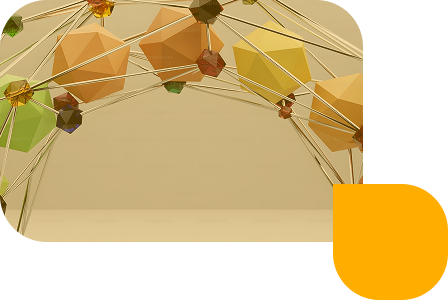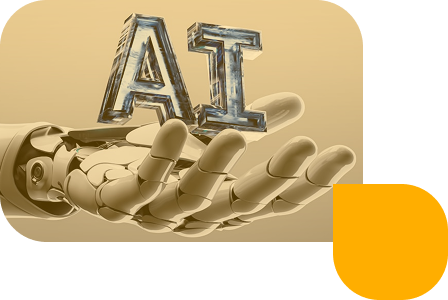The Imperative for Change:
Understanding the Challenges
A transparent look at the critical issues facing GHPS schools and why urgent action is needed.
Our Strategic Pillars
for Transformation
five interconnected strategic pillars:

1. Policy & Systemic Reforms – Creating Enabling Structures:
We advocate for and support frameworks that codify SDL principles, defining competencies like curiosity, goal-setting, metacognition, and persistence. This includes promoting age-appropriate benchmarks and fostering mandated local autonomy in curricula, allowing 20-30% of content to align with local challenges, language, and culture. We work to repurpose regional education centres (like SCERTs, DIETs) into “SDL Acceleration Hubs” to pilot models and scale interventions.

2. Pedagogical Paradigm Shift – Teaching for Learner Agency:
Our programs foster SDL Learning Progressions, moving from “Teacher-Guided SDL” in early stages to “Peer-Guided” and “Self-Guided” at senior levels. We infuse pedagogies like:
- Inquiry-Based Learning: Framing real-world questions and encouraging open-ended exploration.
- Design Thinking & Maker-Culture: Iterative problem-solving through hands-on experimentation.
- Learning Journals & Thinking Aloud: Encouraging students to document and reflect on how they learn, not just what they learn.

3. Teacher Repositioning – From Content Experts to SDL Facilitators:
We believe teachers are the architects of learning autonomy. Our initiatives focus on:
- SDL Mindset Incubation: Integrating mandatory exposure to SDL practices and design-thinking modules in teacher training.
- Personal Learning Networks (PLNs): Supporting teachers in forming interest-based online cohorts for collaborative inquiry and action research.
- Performance Incentives: Redesigning appraisal systems to recognize and reward SDL mentorship, such as student-led inquiries, portfolio-based assessment, and contributions to national resources.

4. Technological Infrastructure – Scaffolding Learning Autonomy at Scale:
We leverage technology as an equalizer and enabler for SDL:
- SDL Companion App (LearnerOS): Developing a multilingual, open-source app to help students set goals, track progress, access personalized resources, reflect, and co-learn. This app will use AI to recommend peers, projects, and resources based on student profiles and interests, also engaging parents through notifications.
- Federated Learning Clouds: Advocating for and piloting localized, offline-first digital libraries, synced to national databases, to support hybrid and asynchronous SDL in remote areas.
- AI Teaching Assistant Layer: Exploring integration of AI tools in classrooms to support content delivery and basic grading, enabling teachers to spend more time on creative facilitation and personalized feedback.

5. Cultural Rewiring – Embedding SDL in Everyday Life:
We believe SDL must permeate society:
- “Every Family a Learning Family”: Initiating campaigns (inspired by the Swachh Bharat model) encouraging families to host “Learning Hours” where generations explore new topics together.
- “My SDL Story” Campaign: Featuring stories of self-taught skills and learning journeys from children, adults, artisans, and farmers on national platforms to create role models and demystify learning.
- Annual “SDL Learning Festival”: Encouraging schools, villages, and urban wards to showcase local problem-solving, research, and innovation projects, aligning with India@100 goals.
Our Strategic Pillars for Transformation: Deep Dive
At Vidya Vihar Trust, we believe that truly transforming education to foster Self-Directed Learning (SDL) requires a systemic, multi-faceted approach. It’s more than just curriculum changes; it’s a fundamental shift in how learning is perceived, delivered, and valued across society. Our strategy is built upon five interconnected pillars, designed to actualize SDL at scale in India and beyond.